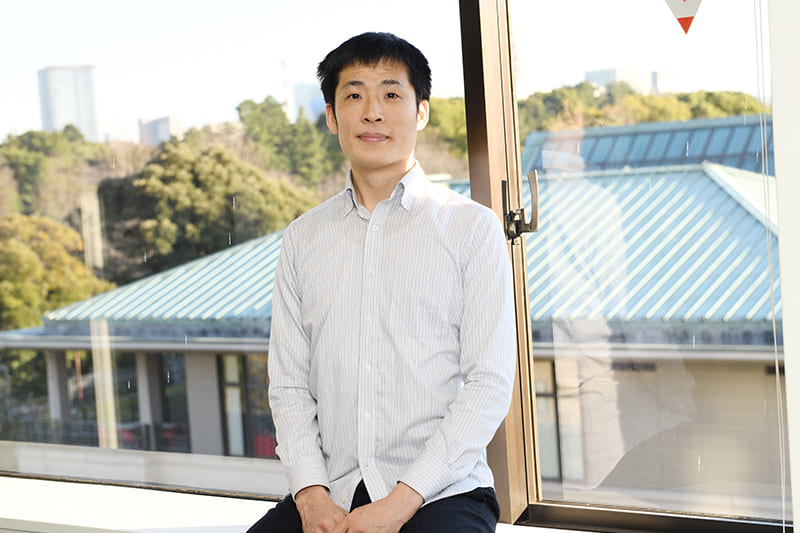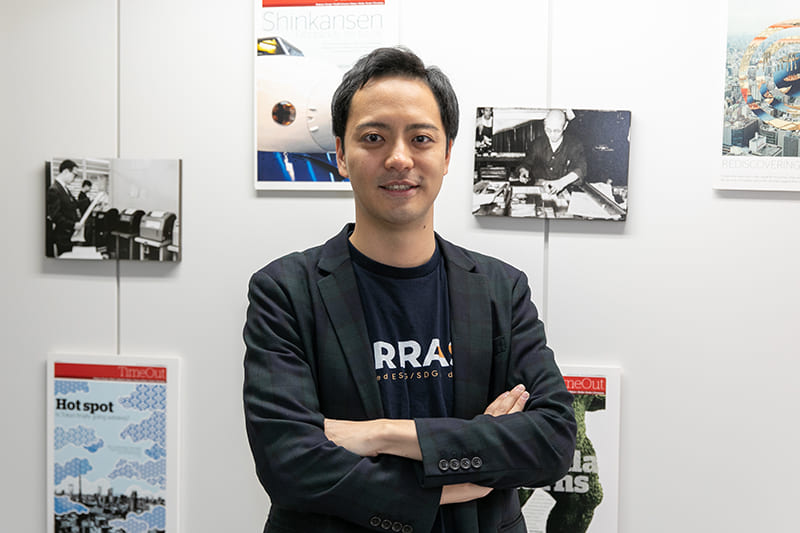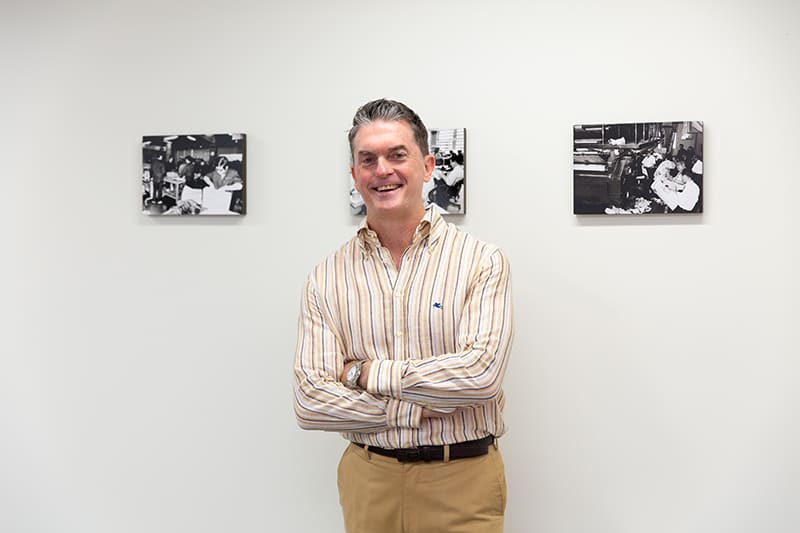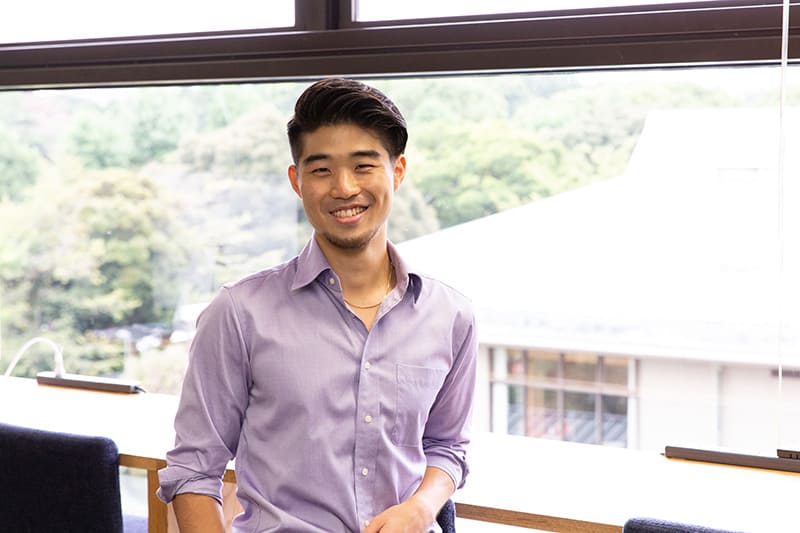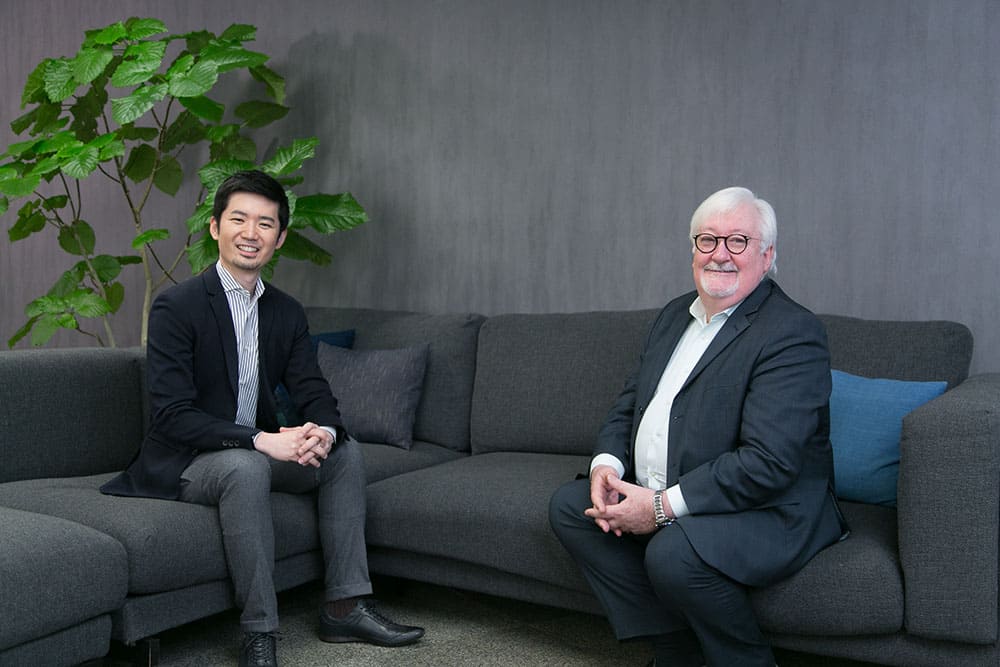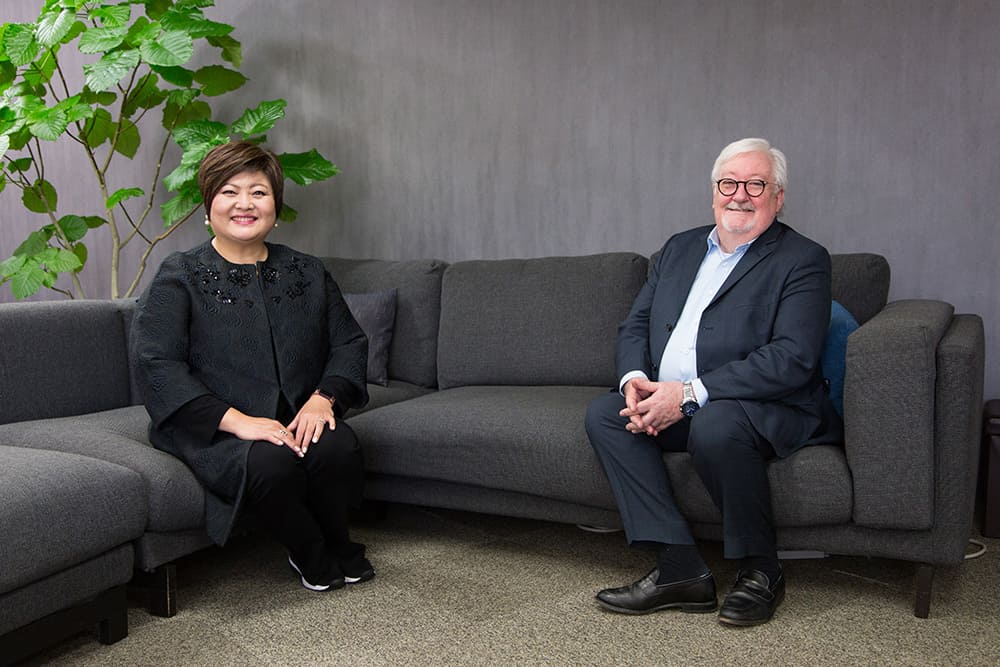November 16, 2020
A borderless collective art experiment via teamLab
CONTRIBUTING WRITER
Takashi Kudo, communications director of teamLab, can’t sleep. It’s the night before the opening of a new teamLab installation, and Kudo lies awake in nervous anticipation.
Despite teamLab’s success with art installations, such as teamLab Borderless in Tokyo’s Odaiba area as well as other exhibitions around the world, this uneasy feeling leading up to opening day remains a regular part of the art collective’s creative process. Kudo and his colleagues don’t know whether their unconventional exhibitions, which utilize advanced technologies to produce immersive digital artwork in interactive spaces, will resonate with the public. Nevertheless, they stay driven by an intrinsic desire to create.
“We don’t know if people will like what we make,” Kudo said during the first Roundtable talk event by The Japan Times, hosted by Ross Rowbury. “We don’t know if our output is art. Art is something history will decide, and we will keep creating because it’s something we believe in. Regardless of whether our output contains meaning, we keep creating with the hope of moving people emotionally and creating a better world.”
Kudo joined teamLab in 2009. His arrival came on the heels of a six-year journey through Asia, the Middle East and Europe. He set out with the intention of becoming a backpacker but encountered a problem along the way: “I forgot my backpack one day. So I didn’t have anything,” he said.
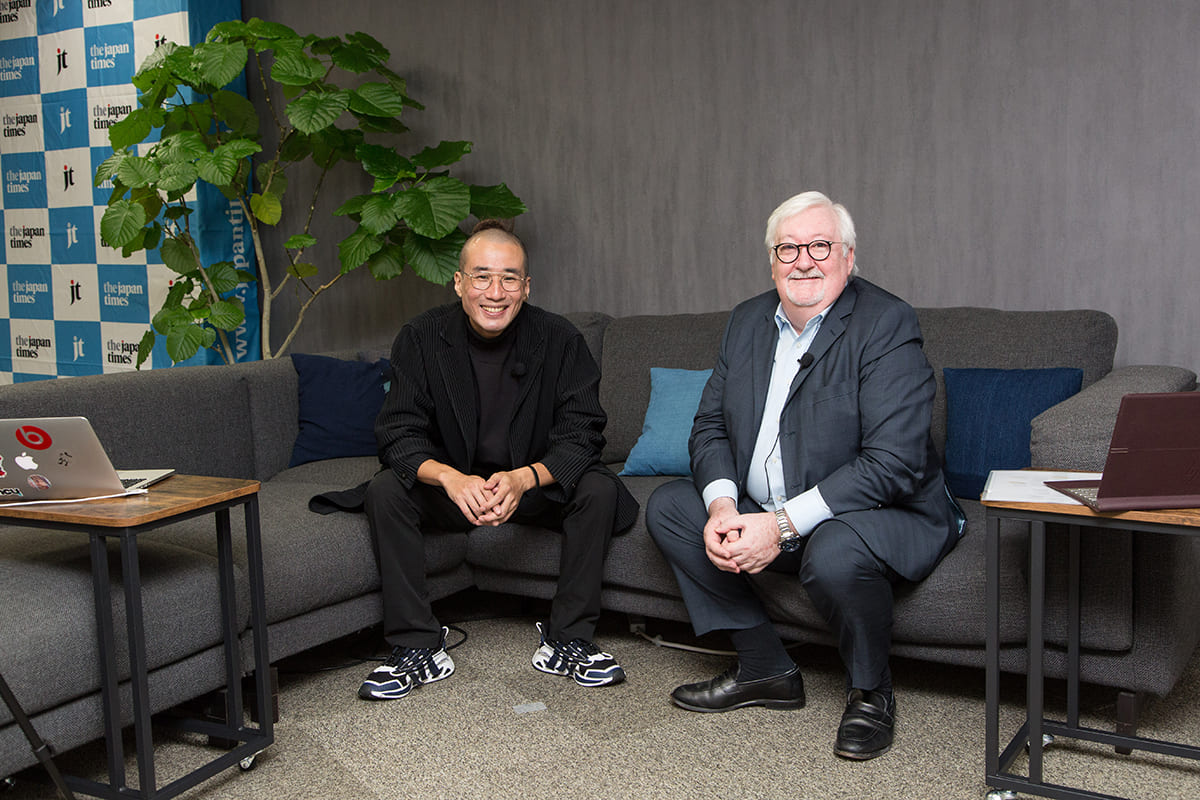
Journey: homeless to hired
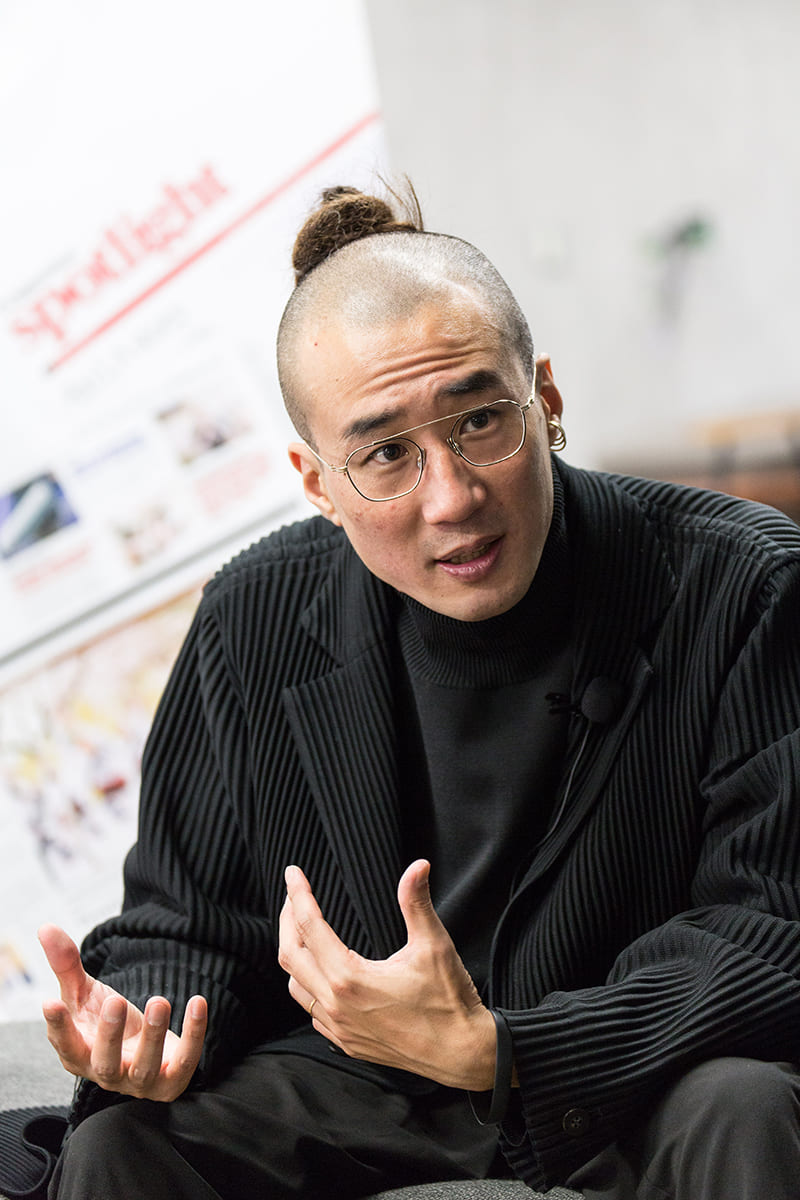
Homeless, Kudo got by through doing street performances. His travels started in Thailand and took him across Asia and then to Jordan, Syria and Lebanon. He eventually ended up in Stockholm, Sweden, where his best friend lived at the time. “I became a parasite in their home for around six months,” Kudo joked.
As visa requirements loomed in on him, Kudo landed a job as editor-in-chief at a Swedish video game magazine publisher, where he worked for 4½ years. “The thing is, I don’t speak Swedish, so although I worked using English, I couldn’t even read the magazine,” he said.
Ultimately, his job at the publisher went south, and he was fired. It was during this time when his best friend from university, Toshiyuki Inoko — co-founder of teamLab — contacted Kudo and asked him if he was interested in coming back to Japan to join his team.
This reconnection with an old friend marked the start of a new stage in life for Kudo. The teamLab communications director sports an eccentric style, made immediately apparent by his shaved bun hairstyle. He always felt like an outsider and didn’t originally plan to return to Japan because he didn’t think he could fit into a traditional Japanese organization.
Thankfully for Kudo, teamLab is anything but traditional. The organization refers to itself as an interdisciplinary collective, comprised of creatives with expertise in a wide range of fields. “We’re outsiders,” Kudo said, “and I don’t think we’d be able to work at normal companies.” CGI engineers, architects and mathematicians are just some of the specialists who constitute teamLab’s nearly 700 members.
Kudo uses the title of “communications director” when interacting with those outside the collective, but internally teamLab doesn’t use titles. According to Kudo, they don’t even employ hierarchical structures. He describes their organizational structure as three-dimensional, as opposed to the two-dimensional standard.
“In a three-dimensional (structure), there are no hierarchies,” Kudo explained. “There may be benefits to hierarchies, as they allow you to stop the spread of information at certain channels. But at least for the creativity part, information is a treasure, so there’s no point in hiding it.”
The creative teams at teamLab tap into this free flow of information when developing new projects. This open-source approach to sharing information is especially important when using digital technologies to create things that are completely new, Kudo said.
“If we want to create something that nobody has done before, we have to create the materials: the brushes, the paint, the canvas. One person can’t create everything, and we know we aren’t geniuses, which is why we create with teams. When we create waterfalls, for example, we defer to the members who have a lot of knowledge in that area. We try to share the processes with all the teams, but there are still things that can’t be easily explained in words, so if there are differing opinions on a certain topic, we will respect the opinions of the specialists, based on what they’ve done in the past.”
First, create a snowball
Kudo and his team don’t approach new projects using a fixed algorithm. Instead, they draw from their pool of experience and knowledge, going through a process of trial and error until they arrive at an idea they can actualize. Kudo likens this approach to building a snowman. “We try to create a snowball, and then a snowman,” he said. “The snowman doesn’t have much meaning, but at least they make people happy.”
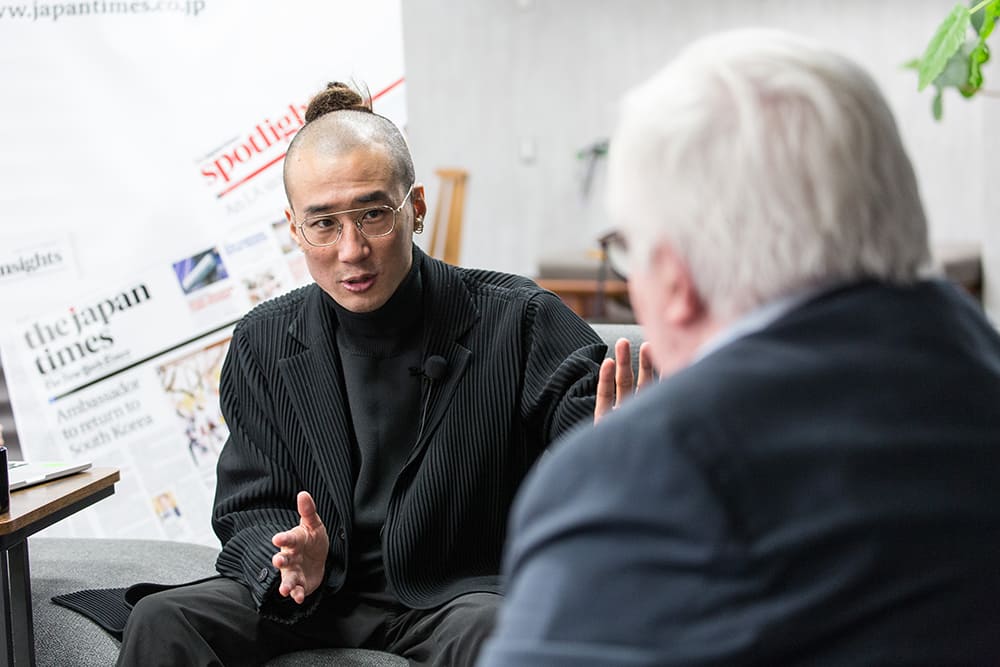
As reflected by the positive reception of teamLab’s exhibitions and installations, which span the globe from Tokyo and Singapore to New York and Shanghai, these snowman creations carry a universal appeal that transcends religion, nationality and culture. Kudo attributes this universal appeal to the way their digital technologies evoke human emotions. “These things all exist in our minds,” he said, “and it’s the new technologies that can make them real, which is maybe why our output feels natural.”
Kudo observed that people have an intrinsic desire to connect with each other. In response to the coronavirus pandemic, which has forced people to socially distance and confine themselves to their homes, teamLab created “Flowers Bombing Home,” a constantly transforming digital artwork that anyone can view and participate in from their home. People from around the world can draw flowers, upload them and watch them bloom and scatter their petals on the teamLab ART YouTube channel.
Looking forward, Kudo hopes to one day transform cityscapes using digital art, similar to how teamLab transformed the nature of Mifuneyama Rakuen park in the Kyushu city of Takeo with its exhibition “teamLab: A Forest Where Gods Live.


